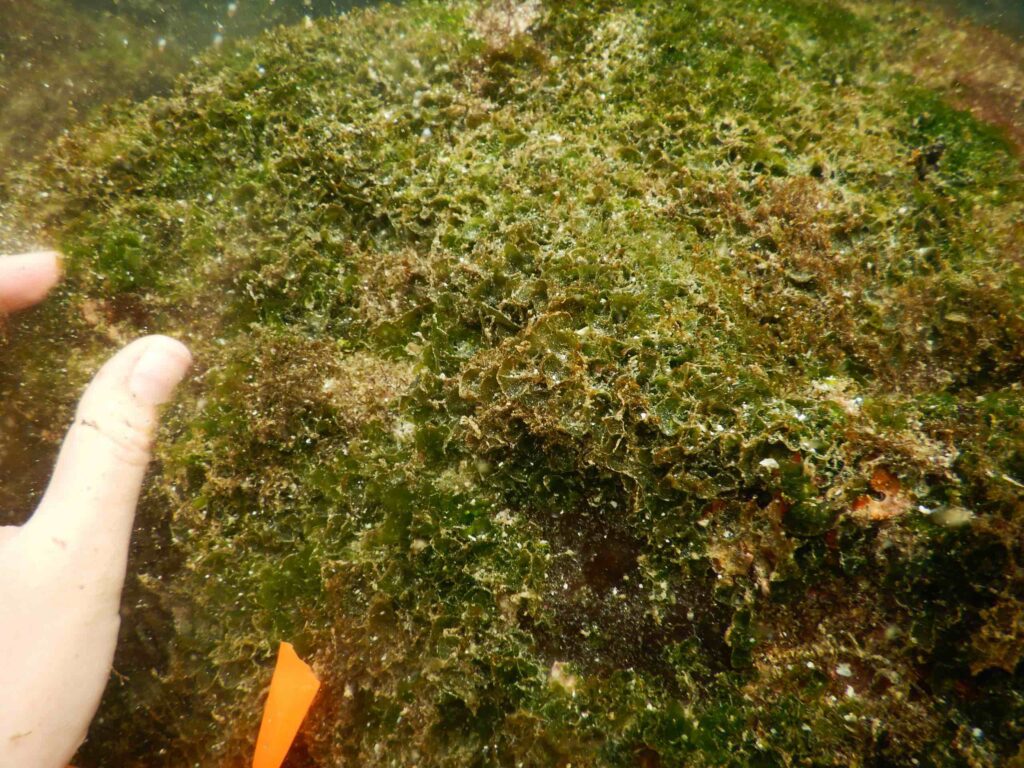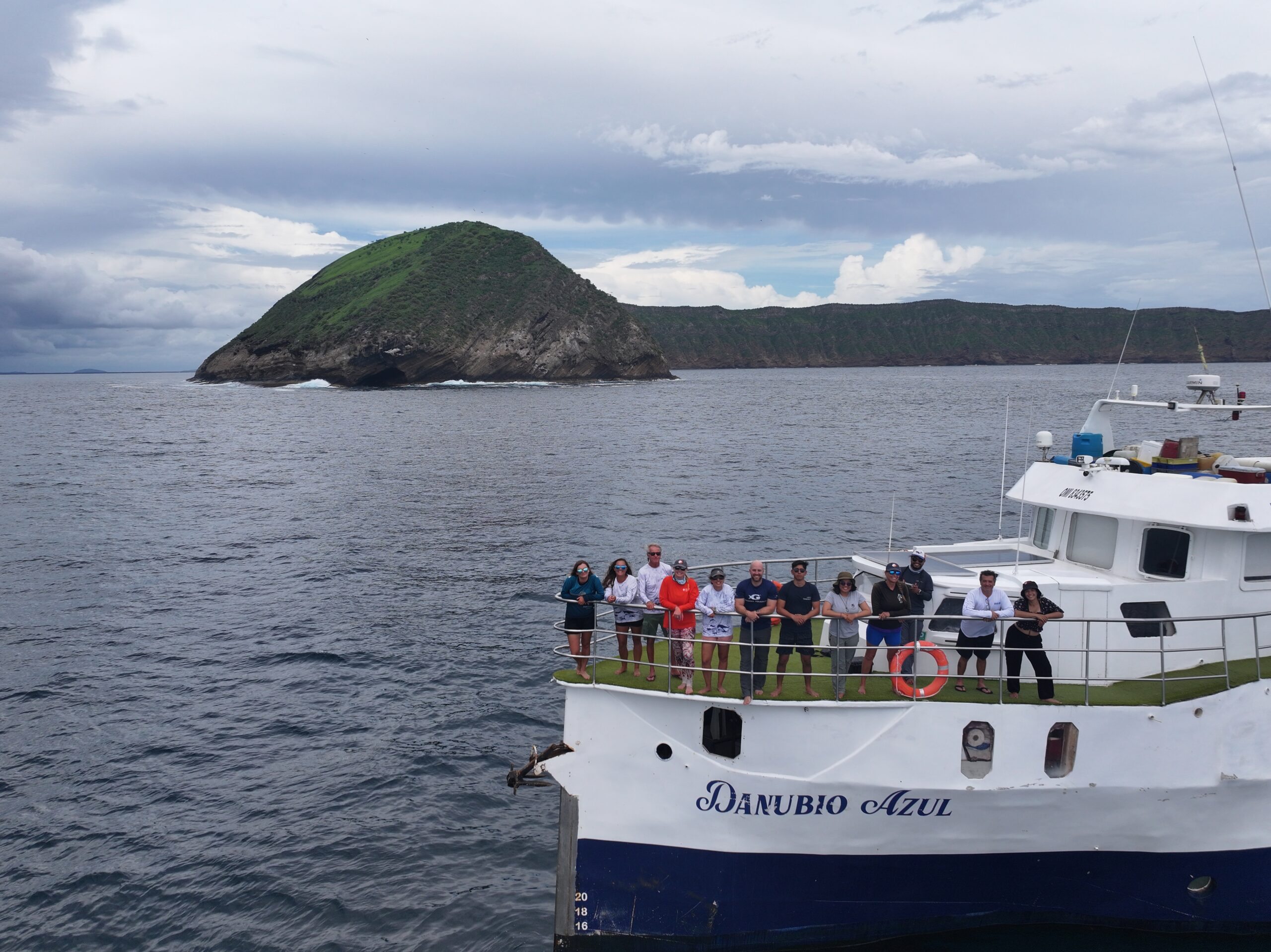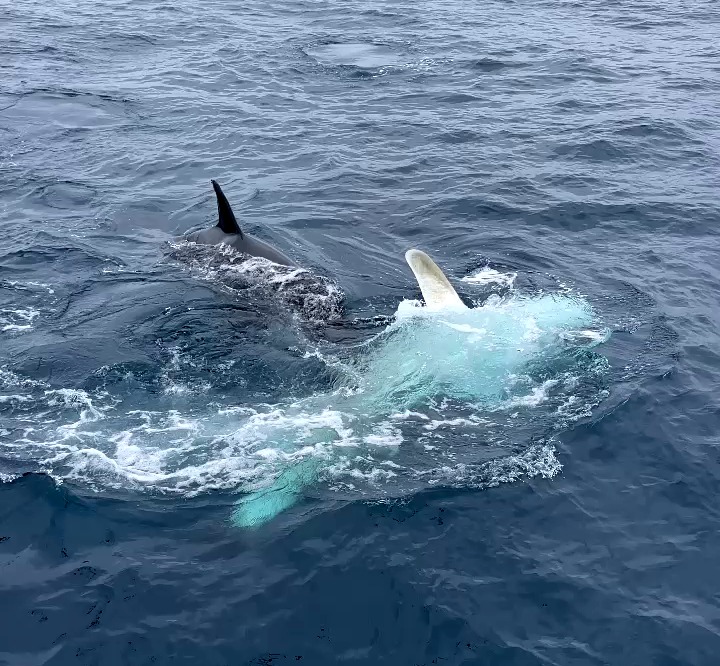Abstract
DNA sequences were obtained from 32 blade-forming Ulva specimens collected in 2018 and 2019 from four islands in the Galápagos Archipelago: Fernandina, Floreana, Isabela and San Cristóbal. The loci sequenced were nuclear encoded ITS and plastid encoded rbcL and tufA, all recognized as barcode markers for green algae. Four species were found, Ulva adhaerens, U. lactuca, U. ohnoi and U. tanneri, all of which have had their type specimens sequenced, ensuring the correct application of these names. Only one of these, U. lactuca, was reported historically from the archipelago. Ulva adhaerens was the species most commonly collected and widely distributed, occurring on all four islands. Previously known only from Japan and Korea, this is the first report of U. adhaerens from the southeast Pacific Ocean. Ulva ohnoi was collected on three islands, Isabela, Floreana, and San Cristóbal, and U. lactuca only on the last two. Ulva tanneri is a diminutive, 1–2 cm tall, high intertidal species that is easily overlooked, but likely far more common than the one specimen that was collected. This study of blade-forming Ulva species confirms that a concerted effort, using DNA sequencing, is needed to document the seaweed flora of the Galápagos Archipelago.
Read the article in the link: https://doi.org/10.1515/bot-2023-0079






